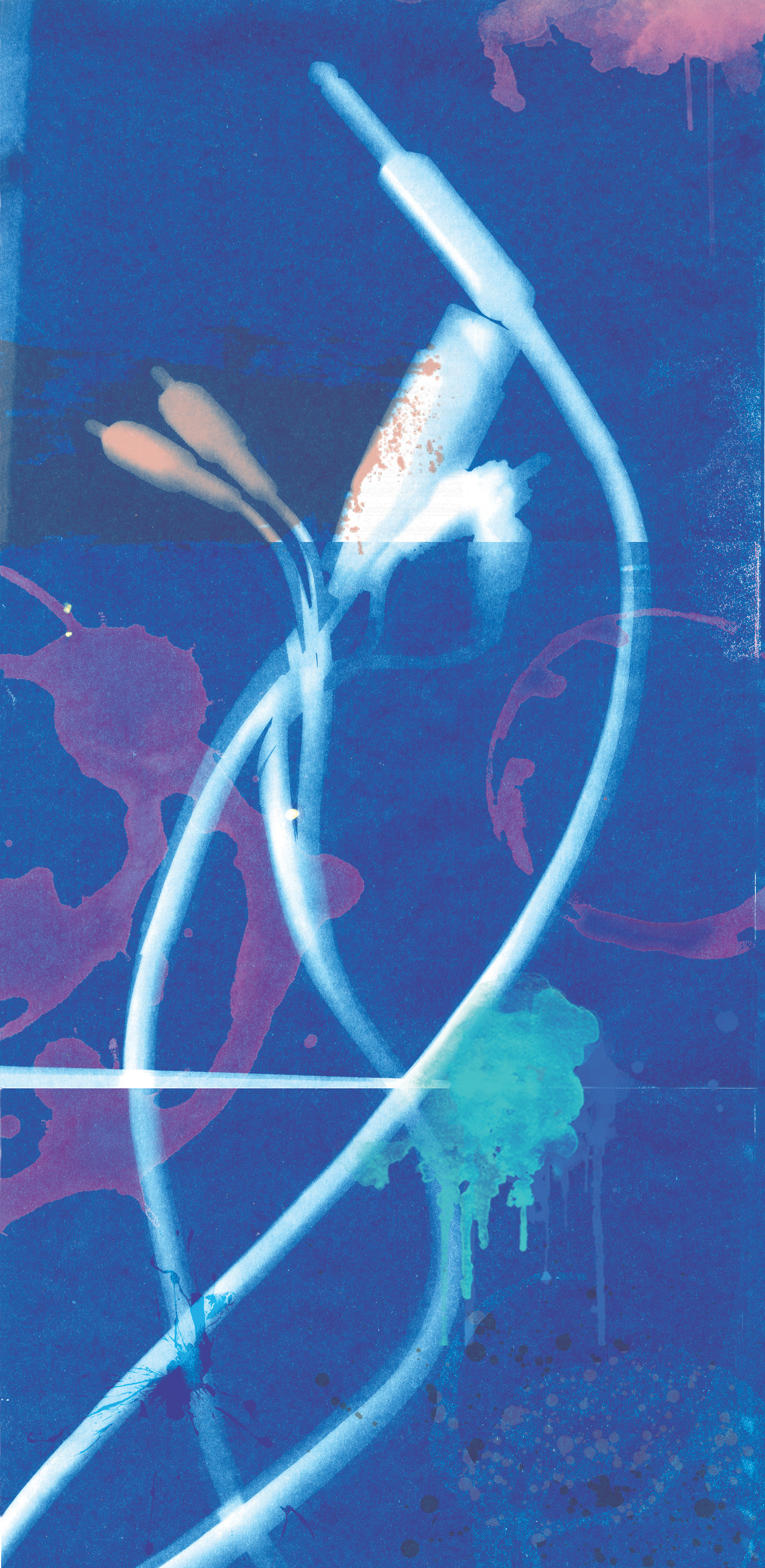The recent history of audio has seen many companies come out with outboard phantom powered microphone amplifier devices intended to be used prior to the input stage of a proper mic preamplifier since the Cloud Microphones Cloudlifter CL-1 [Tape Op #85] was introduced in 2009. Typically, these are inline units containing a small amount of electronics in order to boost the mic's level near the source, and most attempt to set their input impedance to conditions favorable for the output of ribbon microphones – a few even offer variable impedance features. I've long felt that these units gained popularity due to the proliferation of all-in-one computer recording interfaces, many of which feature built-in mic preamps with less gain, sound quality, or headroom than a boutique piece of outboard gear. Since most of my recording time is spent in a professional studio, I'd never tried these devices and considered them something I didn't need. Then Royer Labs sent me their new dBooster to study, and I've had to reconsider my snobbish stance.
Royer's dBooster (built in the USA) will look familiar to anyone who's seen many of the other in-line boosters, with XLR male and female jacks on each end of a small, squared off case. There's a switch for the two gain settings of 12 or 20 dB, and that's really all you'll see. But if you use your ears, you'll notice a lot is going on. I set up my pair of (now classic) Royer R-121 ribbon mics [Tape Op #19] through a Great River MP-2NV [#28], and with a low-level source playing in the background I set the mics to identical output levels with and without the dBooster in place. My first impression was that the high end opened up quite differently on the dBooster mic. It sounded different; not just like a simple gain boost as I had imagined. Cymbals opened up with a tone similar to a small diaphragm condenser mic, yet softer overall as ribbons tend to do. The 12 or 20 dB boost switch was handy, and I noticed that at 20 dB the highs opened up more than at 12 dB.
I tried the dBooster on several of my ribbon mics with similar results in all cases. Keep in mind that any of these boosters will aid in getting more gain out of a ribbon mic, but I found that if the source was very quiet the inherent background hiss of the mic would end up the same with or without the booster in place. This was the same with other manufacturers' boosters as well.
Popping open the dBooster was a shock, as it's loaded with parts. There are multiple capacitors for filtering and regulating the incoming phantom power (the gain circuit runs at 16 volts), plus for noise and RF rejection. Royer is using four pairs of low-noise, bi-polar transistors for the Class A gain circuit, and these transistors are followed by op-amps on each leg of the output, providing isolation for the transistors, a balanced signal, and a low impedance output.
Using the dBooster, midrange and lo mid frequencies that usually poke out on ribbon mic tracks feel more "sculpted" to me, with much less honk or dirty thud. For years I wondered why anyone liked ribbon mics as drum overheads, but with the dBooster I see why inline mic boosters have become popular in professional settings, and I've found a way to use ribbons on sources where I never would before. Sometimes relatively simple devices like these come along and change the way I will work from now on, and the dBooster is one of them. No more snobbery for me!




_disp_horizontal_bw.jpg)